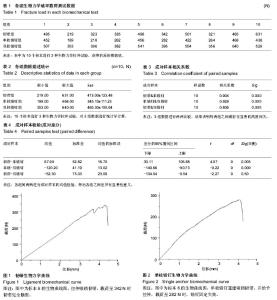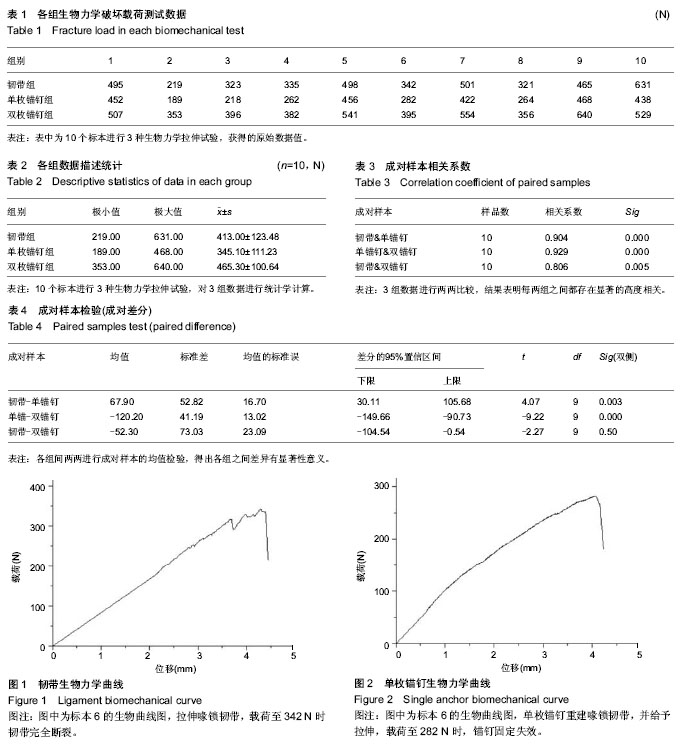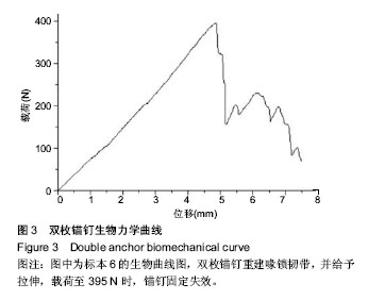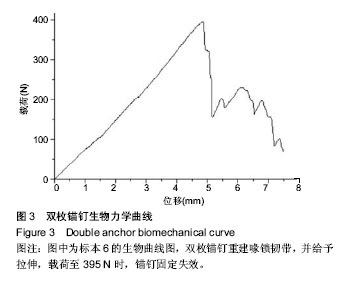| [1] Johansen JA , Grutter PW, McFarland EG, et al. Acromioclavicular joint injuries: indications for treatment and treatment options. J Shoulder Elbow Surg. 2011; 20(2Suppl): S70-82.
[2] Babhulkar A, Pawaskar A. Acromioclavicular joint dislocations. Curr Rev Musculoskelet Med. 2014;7(1):33-39.
[3] Takase K, Yamamoto K. Changes in surgical procedures for acromioclavicular joint dislocation over the past 30 years. Orthopedics. 2013;36(10):e1277-1282.
[4] Lizaur A , Sanz-Reig J, Gonzalez-Parreño S. Long-term results of the surgical treatment of type III acromioclavicular dislocations: an update of a previous report. J Bone Joint Surg Br. 2011; 93(8):1088-1092.
[5] 曹前来,张磊,韦飞,等. AO/ASIF锁骨钩钢板治疗肩锁关节全脱位及锁骨远端不稳定骨折中的应用[J].中国矫形外科杂志,2004,12(23): 829-1831.
[6] 赵友明.洪汝康.王振文.重度肩锁关节脱位的手术治疗[J].中国骨伤,2001,14(4):202-203.
[7] Nissen CW, Chatterjee A. Type III acromioclavicular separation: results of a recent survey on its management. Am J Orthop (Belle Mead NJ). 2007;36(2):89-93.
[8] 林朝晖,林凤飞,郑明,等.线缆重建喙锁韧带治疗肩锁关节脱位[J].中国骨与关节损伤杂志.2011,26(9):827-828.
[9] Dou Q , Ren X .Clinical therapeutic effects of AO/ASIF clavicle hook plate on distal clavicle fractures and acromioclavicular joint dislocations. Pak J Med Sci. 2014; 30(4):868-871.
[10] Guan TJ , Sun P , Zheng LG , et al .Case-control study on measurement of coracoclavicular and acromioclavicular ligament injuries during internal fixation operation for the treatment of fresh acromioclavicular joint dislocation of Tossy type III. China J Orthop Traumatol. 2014;27(1):13-16.
[11] Jafary D, Keihan Shokouh H. Clinical and radiological results of fixation of acromioclavicular joint dislocation by hook plates retained for more than five months. Trauma Mon. 2014;19 (2): e13728.
[12] Lin HY, Wong PK, Ho WP, et al. Clavicular hook plate may induce subacromial shoulder impingement and rotator cuff lesion--dynamic sonographic evaluation. J Orthop Res. 2014; 9:6.
[13] Zhang JW , Li M, He XF, et al. Operative treatment of acromioclavicular joint dislocation: a new technique with suture anchors. Zhonghua Chuangshang Zazhi. 2014; 17(4): 187-192.
[14] Xu ZB , Wang J .Clavicular hook plate combined with suture anchor for the treatment of type Tossy III chronic acromioclavicular dislocation. Zhongguo Gu Shang. 2014; 27(5): 430-432.
[15] Grutter PW, Petersen SA. Anatomical acromioclavicular ligament reconstruction: a biomechanical comparison of reconstructive techniques of the acromioclavicular joint. Am J Sports Med. 2005;33(11):1723-1728.
[16] Salzmann GM, Paul J, Sandmann GH, et al. The coracoidal insertion of the coracoclavicular ligaments: an anatomic study. Am J Sports Med. 2008;36(12):2392-7239.
[17] Beitzel K, Obopilwe E, Apostolakos J, et al. Rotational and translational stability of different methods for direct acromioclavicular ligament repair in anatomic acromioclavicular joint reconstruction . Am J Sports Med. 2014 Sep;42(9): 2141-2148.
[18] Wellmann M, da Silva G , Lichtenberg S , et al. Instability pattern of acromioclavicular joint dislocations type Rockwood III : Relevance of horizontal instability. Der Orthopade 2013.
[19] 陈启明,梁国穗,译.骨关节肌肉系统生物学和生物力学[M]. 2版.北京:人民卫生出版社,2001:519.
[20] Shin SJ, Campbell S, Scott J, et al. Simultaneous anatomic reconstruction of the acromioclavicular and coracoclavicular ligaments using a single tendon graft.Knee Surg Sports Traumatol Arthrosc. 2014;22(9):2216-2222.
[21] 胥少汀,葛宝丰,徐印坎.实用骨科学[M]. 4版.北京:人民军医出版社,2012:526.
[22] 张继东,孙献勇. 锁骨钩钢板与克氏针张力带固定治疗锁骨远端骨折与肩锁关节脱位[J].中国骨与关节损伤杂志,2009,24(2): 36-37.
[23] 毛伟欢,金永明,孙成长,等.应用钩钢板治疗肩锁关节脱位[J].实用骨科杂志,2005,11(5):442-443.
[24] 王磊,宋恒平,申自权,等.锁骨钩钢板治疗肩锁关节脱位的临床体会[J]. 解剖与临床,2006,11(3):195-196.
[25] 陈云苏,陈峥嵘,姚振均,等.锁骨钩钢板治疗肩锁关节脱位和锁骨远端骨折[J].中华创伤志,2003,19(5):300-302.
[26] 肖谦,向芳友,陈尉.锁骨钩钢板治疗肩锁关节脱位术后肩关节疼痛原因分析[J].中国现代医学杂志, 2007,17(5):143-144.
[27] 张庆天.锁骨钩钢板治疗肩锁关节脱位疼痛原因分析[J].中医正骨, 2012,24(11):50-51.
[28] 曹振孝,张在谦,常浩胜,等.带线锚钉内固定治疗TossyⅢ型肩锁关节脱位[J].实用骨科杂志,2013,19(10):59-61.
[29] 张经纬,李明,何贤峰,等.带线锚钉与锁骨钩钢板治疗肩锁关节脱位疗效比较[J].中国骨与关节损伤杂志,2014,29(7):57-59.
[30] 马仲锋,齐明,王心宽.肩锁钩钢板联合带线锚钉重建喙锁韧带治疗肩锁关节脱位[J]. 中国骨与关节损伤杂志,2014,29(9):88-89. |



